Of Sand Sculpture and Hairspray
Here resides a more technical explanation of how our sand sculptures hold together... for those who really need to 'geek out'.

Zombie Myths.
First, I would like to finally end a few seemingly un-killable myths. Wherever we go we invariably hear someone in the crowd say that the "Big Secret" is: sugar water, hairspray, unicorn tears or Mountain Dew. Other than attracting every ant within five miles and throwing piles of cash out the window these magic additives would accomplish little, if anything.
Even within the realm of top-flight sand sculptors I've heard claims that an attractive molecular charge between water and sand grains, surface tension, etc. are the one true binding force behind what we do. Baloney.
The "Big Secret"
In a word the big secret is "friction". More specifically, the sum total of all friction between the grains acting on each other. This is why compaction is so important. When you compact sand you increase the friction between the grains.
Uncompacted sand has relatively large pore spaces between the grains but compacted sand shrinks these spaces increasing points of contact between the individual grains and thereby increasing the friction between them. The more friction there is, the more resistant the grains are to separation.
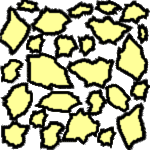
Loose sand
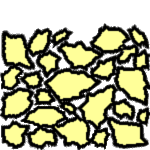
Compacted sand
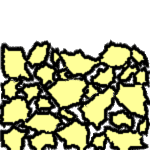
Dense compaction
One other important dynamic is "cross-linking", a term from soils engineering. Forcing randomly shaped grains tightly together causes many of them to naturally cross-link. Cross-linking is a common technique in masonry work where vertical joints between bricks, stones and block joints are intentionally staggered thereby vastly increasing the strength of the structure.
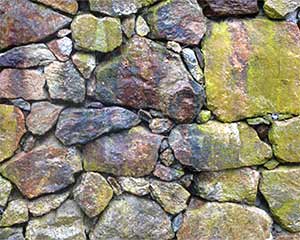
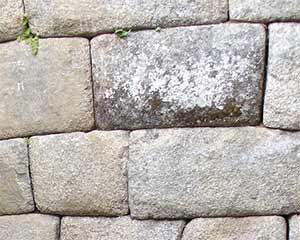
Back to Why Sand Matters
Friction is also why certain sands are better than others. Finer sands will naturally have smaller pore spaces and angular grains are most likely to tightly interlock and cross-link. Rounded grains will always have larger pore spaces between grains no matter how well compacted, and a naturally smooth surface further reduces friction. Beyond being merely rounded as the individual grains become more spherically shaped the grains also become incapable of cross-linking. Try to imagine stacking a pile of bowling balls. The advantages of a sand that compacts well are easy to see and will always make for a more enjoyable day when sculpting.






